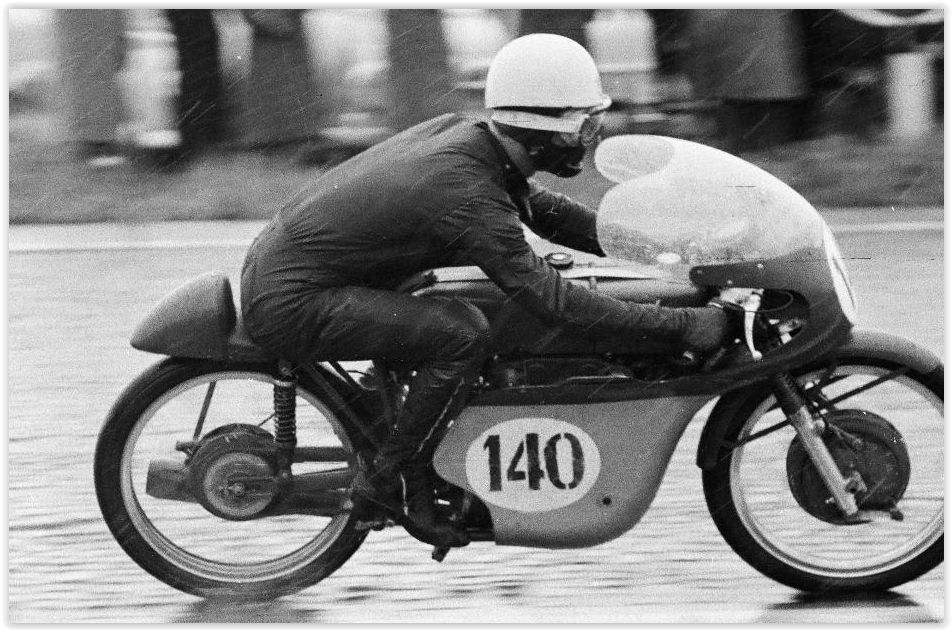
The 9-time world champion of the first GP years from Italy
Carlo Ubbiali was born on September 22nd, 1929 in Bergamo. The city is located northeast of Milan on the southern edge of the Alps. When World War II broke out, he was just ten years old. Carlo came into contact with motorcycles very early on. His father ran a workshop for motorcycles including a showroom in Bergamo, where he also sold them and then took over maintenance.

His first motorbike race
The talented junior competed for the first time in 1946 with the brothers Maurizio and Franco in the Coppa di Bergamo on the Circuito delle Mura and won straight away. Unfortunately, this success was overshadowed by a traffic accident in which two friends of the family were killed on the way home. Ubbialis relationship with MV Agusta began in 1948, when his father started selling authorized dealers for the brand from Cascina Costa near Milan. Meccanica Verghera Agusta was a new and ambitious company. It was founded by Conte (Count) Domenico Agusta and was the post-war offshoot of the aerospace company Agusta.
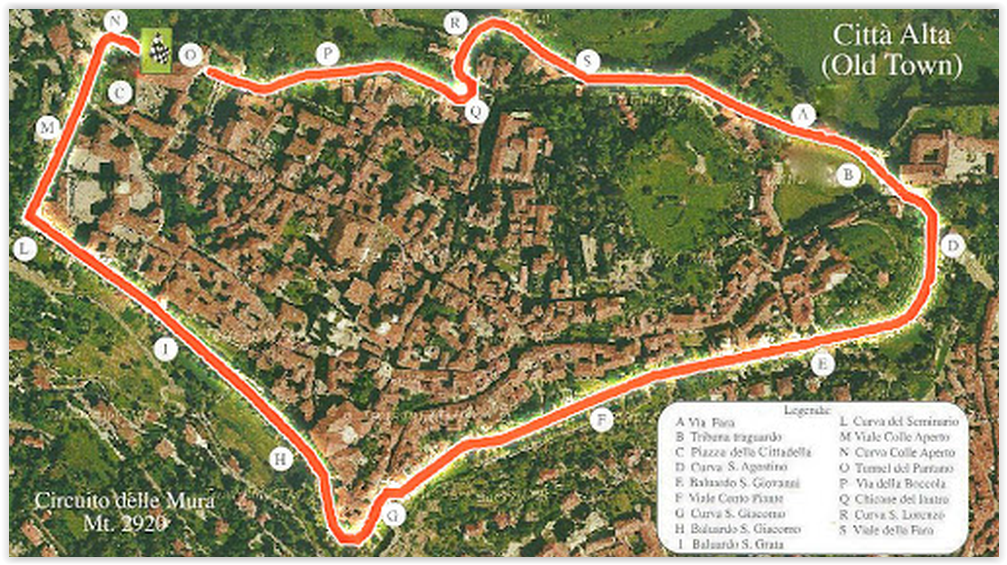
The courses in the first years of the post-war period
Some routes in Italy were no longer in operation, for example the Circuito del Lario near Como, near his hometown. Before the war the “TT Italia” was held there. The last winner in the 500cc class was Nello Pagani on July 30, 1939, who was signed up as a works rider at FB-Mondial for 1949. The Milano-Taranto race was not held again until 1950 and at Imola it even lasted until 1954. In addition to the races in Livorno, Posillipo, Senigallia and San Remo, there were various events in the country of origin of the pizza in the first post-war years. In addition to Ubbialis hometown Bergamo, races were also held in Cascina, Cesena, Ferrara, Pesaro, Piacenza and San Benedetto del Tronto. Of course, there were also many Italians in the nearby Swiss town of Locarno.

Ubbiali’s first 2 years with national races
When Carlo won his first win, he was at the blooming age of 27 and then began participating in other national events. Due to its jockey figure and its low weight, it was particularly suitable for the smaller classes. Ubbiali worked as a mechanic in his father’s workshop. Through his contacts with the plant, MV invited him to take part in a number of test races. He impressed those responsible for the new motorcycle brand with his talent. After finishing second behind Franco Bertoni at the 1948 Nations Grand Prix in Faenza, he got a contract as a driver. Carlo had earned his place in the Conte Augusta team and so, together with Franco Bertoni and Giuseppe Matucci, he became the first MV Agusta works driver.

The works teams of the first “World” Championship in 1949
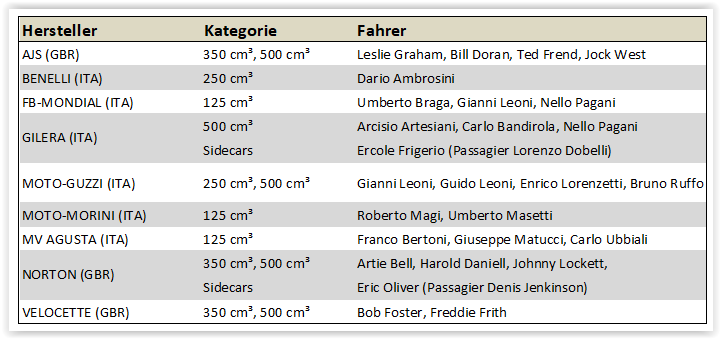
First 125cc World Championship run in Switzerland
The first 125 motorcycle world championship in 1949 made its debut at the Swiss GP. Nello Pagani on FB-Mondial, the Italian 250cc champion from 1938 was the man who left his mark on the first 125cc world championship run in history. With his victory and the fastest lap, he got 11 World Championship points in the first round. The complicated regulations from that time are explained in detail in a paragraph below. Renato Magi (Morini) came in second ahead of Celeste Cavaciuti (FB-Mondial) and Carlo Ubbiali with his two-stroke MV. With rank 5 Umberto Masetti completed the triumph of the Italians and their dominant brands on Morini. Fourth place in the first World Championship run in history was definitely something to show for Ubbiali, especially since his team-mate Franco Bertoni came away empty-handed.
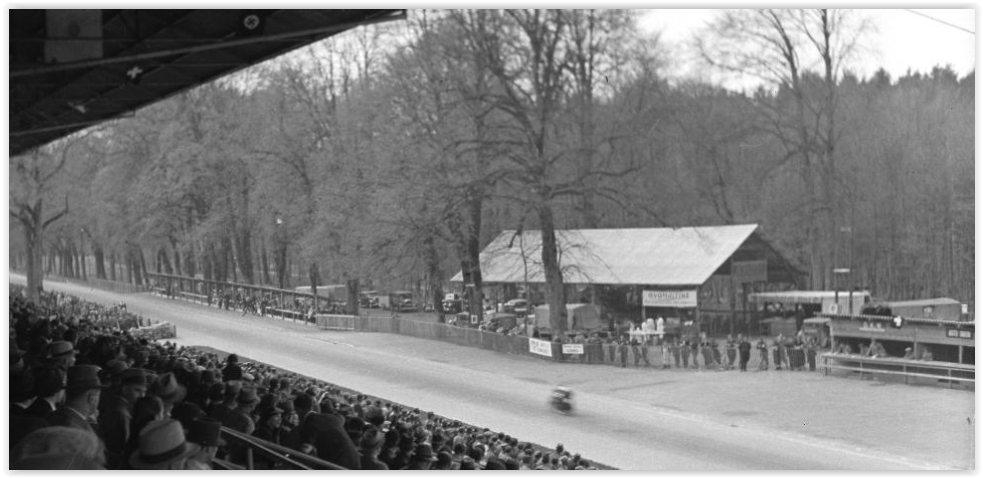
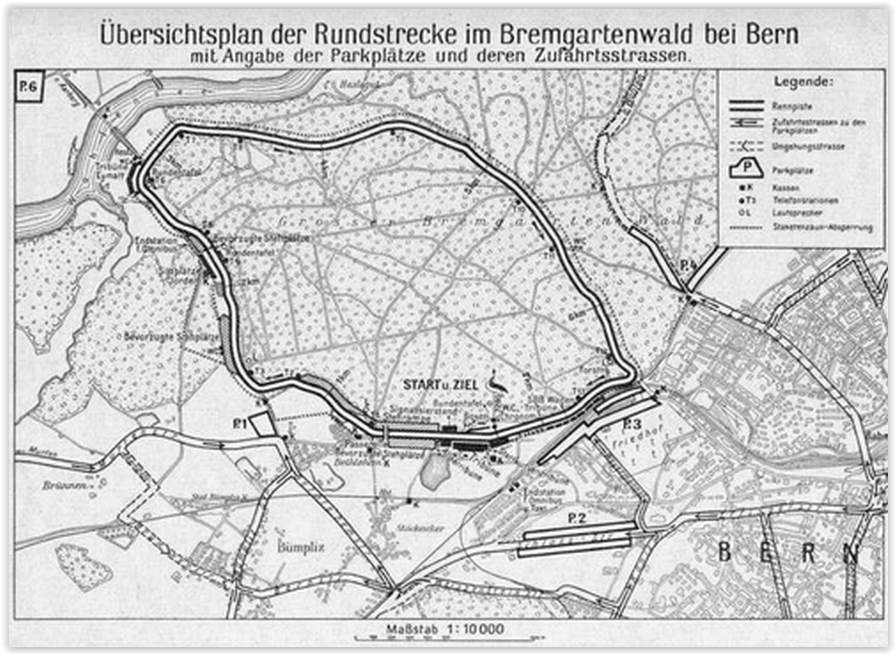
Grand Prix of the Netherlands in Assen with the 2nd round of only 3 of them
The second 125cc GP in history went to the Netherlands, where the races traditionally took place on Saturday. This was a historic moment for Ubbiali and MV Agusta. Bern winner Pagani won it ahead of Mondial team-mate Oscar Clemencich. The Serbian-born Italian’s name was often misspelled. He lost his life in a fall during the race in San Remo on April 23rd next year.
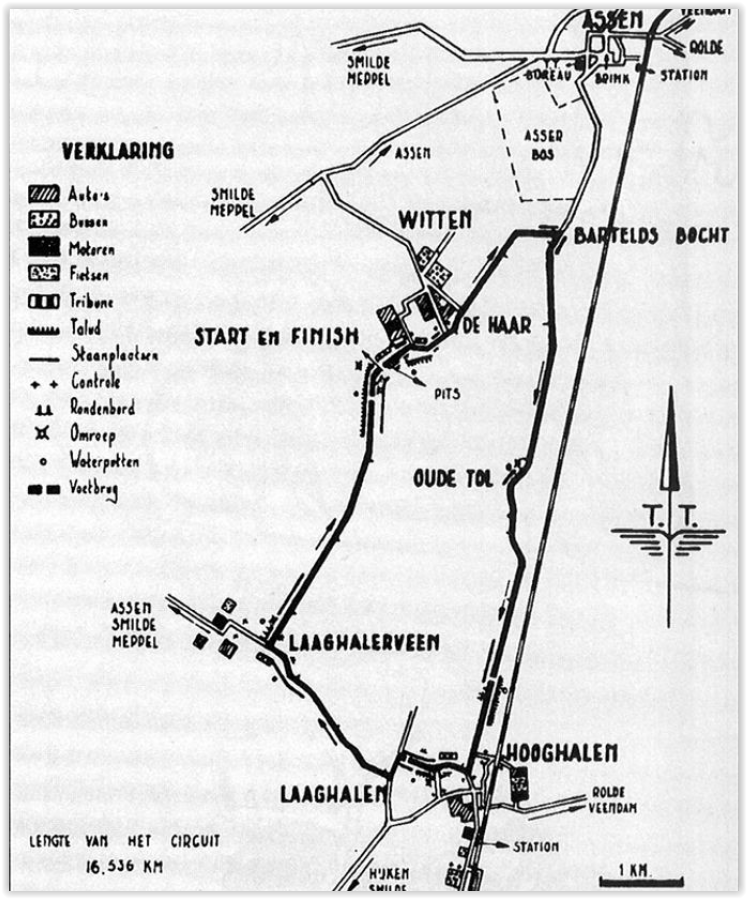
A milestone for the rider and his manufacturer
Carlo took the first podium of his career, 13 seconds behind the runner-up. Of course, this also applied to the MV Agusta brand, it was a milestone in the history of this company. This was to dominate the world championship partly in all classes and later in the highest categories in the 2 following decades. Carlos’s compatriots Bertoni and Matucci (both MV) followed in 4th and 5th place. As at the GP of Bremgarten in Switzerland, only Italians got world championship points in the 2nd of 3 world championship rounds. In the absence of serious competition from other countries, no motorcycles from other nations took World Cup points that year in 1949.
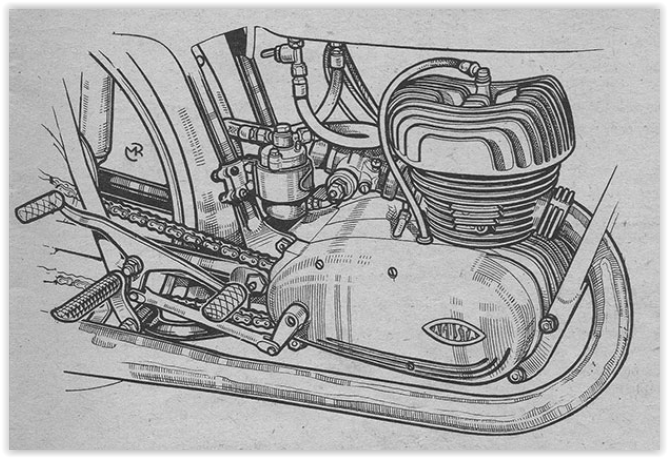
The luckless 3rd and last World Cup round in the home country
After the route from Monza, used by the army as an air landing base, was badly damaged by air raids shortly before the end of World War II, it was restored in 1949. In the country with the shape of a boot, the Grand Prix scene stayed for a long time, mostly at the end of the season, exclusively in Monza. This time Ubbiali, like his MV team-mates, received nothing. Gianni Leoni (Mondial), who had also set the fastest lap, won the Nations GP. Umberto Masetti (Morini) came in second ahead of Umberto Braga and Renato Magi (Morini). Nello Pagani was fifth, enough to secure his world title.

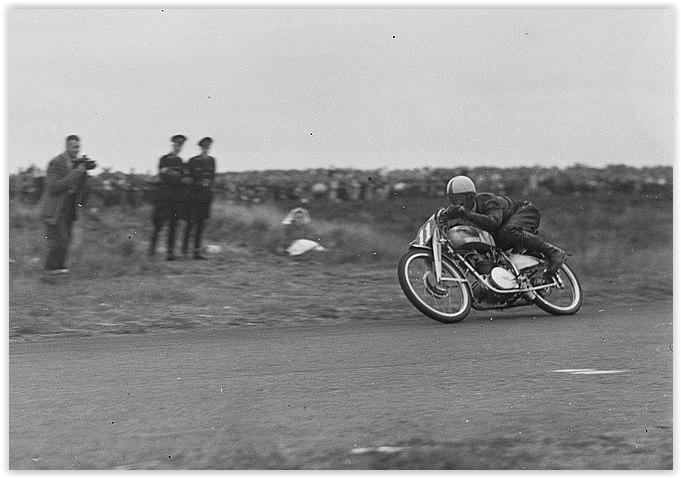
Successful first World Cup season with decision to change brands
The claim in some reports that Ubbiali won the gold medal in the prestigious six-day international time trial in Wales did not stand up to our research. Nevertheless, the Italian had a successful season in his first year at the World Championship. A third and a fourth place in the first Grand Prix season were definitely impressive. Apparently he could not come to an agreement with MV Agusta for the next season and therefore found shelter at Mondial for 1950. Fourth place in the World Championship behind world champion Paganni on FB-Mondial and the two Morini drivers Magi and Masetti was recommendation enough for Carlo. And the decision-makers for his commitment should definitely not regret their choice. Their team had already been considered the big favorites for the World Cup titles for the 1949 season and was also for the following year.
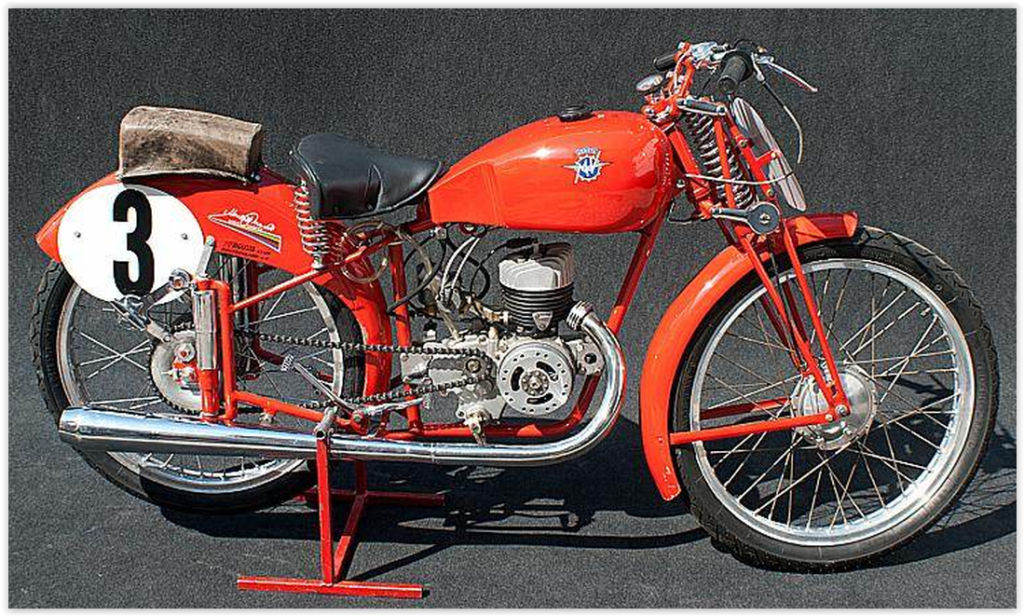
Side note on the first World Championship season in 1949
With the introduction of the motorcycle world championship, it continued almost exactly as it did before the war, except that the German riders were not allowed. But in principle it was a therefore even reduced European championship. Compared to today, the number of World Cup rounds was more than manageable back then. In the first of the motorcycle world championships there were usually fewer races than in the European championship before World War II.
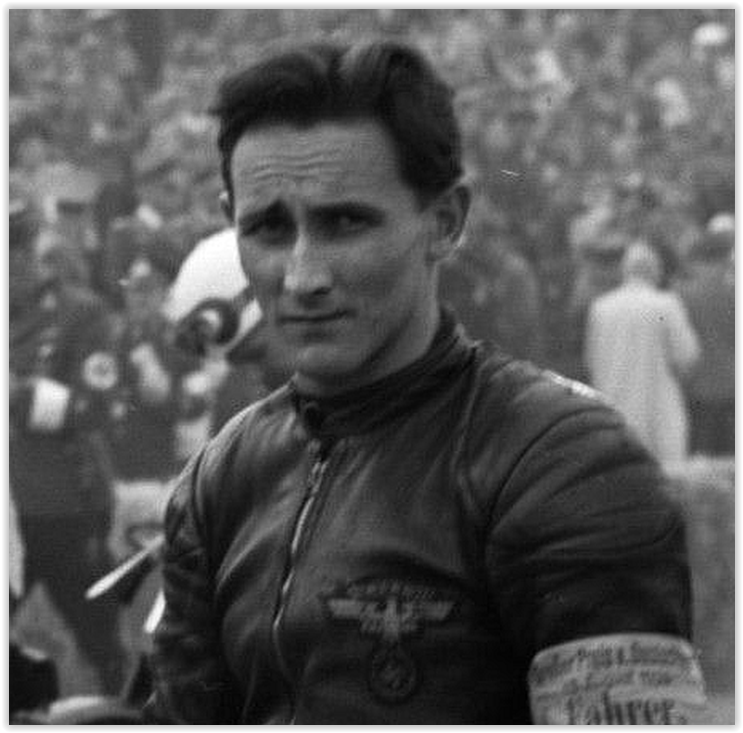
Very different number of rounds
The 500cc premier class contested 6 races and the season lasted less than 3 months. Compared to the smaller classes, this was even more, as there was exactly one less World Championship round in each category. So Carlo Ubbiali only had 3 races (in words three) to prove himself in the first year of the world championship. The last European championship in 1939 was held over 7 rounds in all classes. In the 250cc class of the last 5 years before World War II three Germans where 250cc champs, and 9 riders in the top ten were from this country.
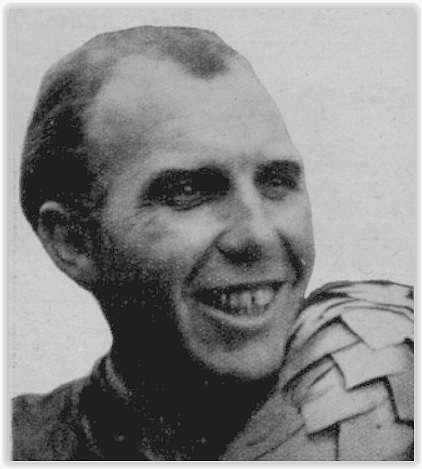
The world championship from 1949 to 1951 – a farce
Carlo Ubbiali could not fight for his title against pilots from Germany in the first 3 years of the world championship. As a result of the reprisals against former Nazi Germany, these were punished across the board for their country together with the population. We are talking about a period of 4 to 7 years after the end of the war. From a sporting point of view, a more than questionable course of action. Especially when you consider that the Versailles treaties after the First World War sometimes even favored Nazi rule in the first place. Obviously, however, nothing had been learned from history.
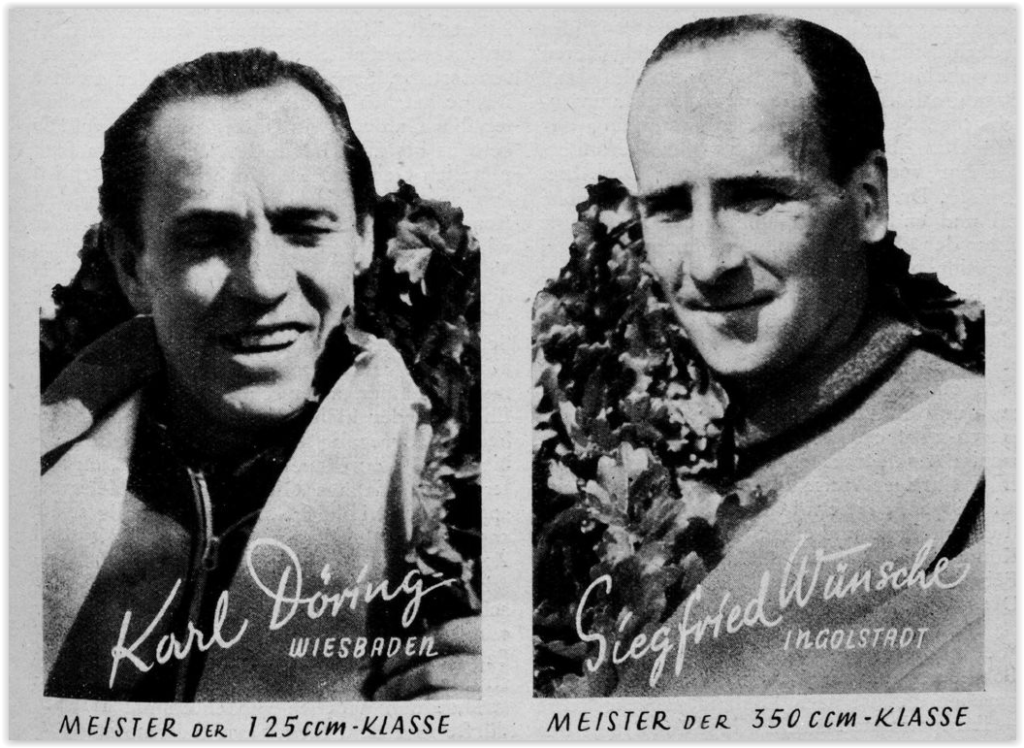
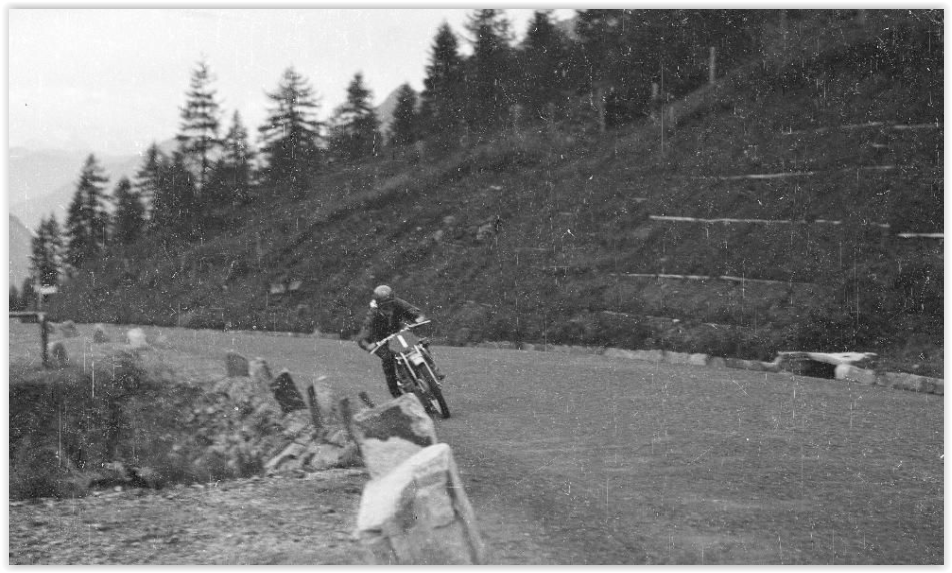
An example from before the war
The fact remains that if the German pilots were not allowed to start, plants such as BMW, DKW and NSU would of course be missing. Below are statistics from the last European Championship in 1939 with 7 rounds of 3 races each. More than half of these 21 races were won by drivers from Germany. Almost all of these pilots were still active after the war. Georg “Schorsch” Meier even became a multiple German 500 cc champion after the Second World War in 1938. Like before the war, Heiner Fleischmann also came again to national title honors. Ewald Kluge as well was also very successful again after the war.
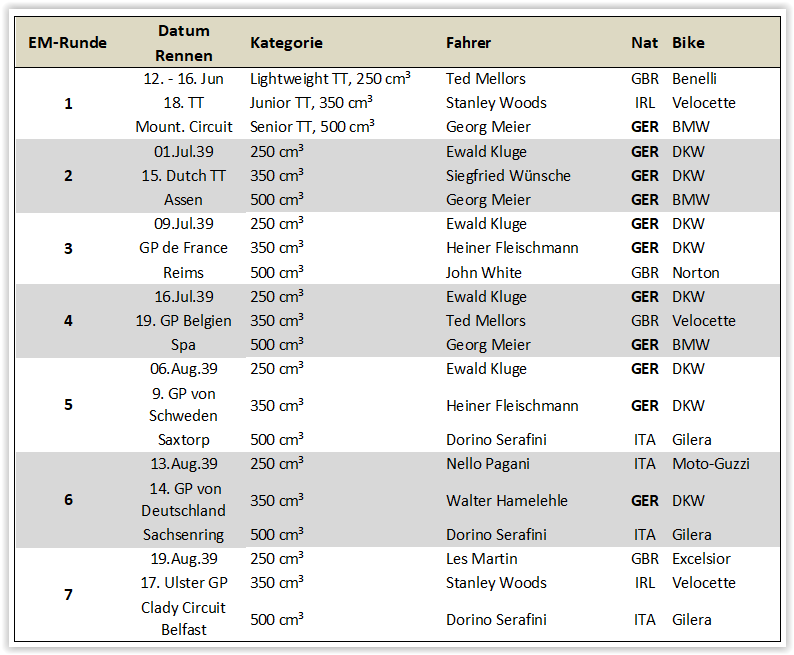
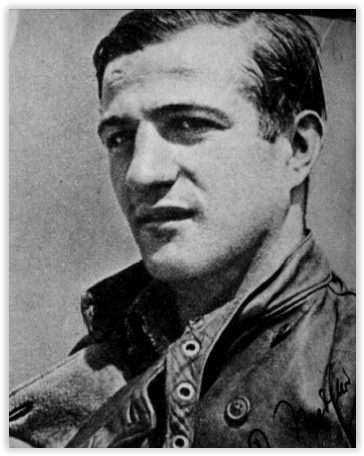
The awarding of points since the introduction of the World Cup
The following is half the science that was determined by the FIM (world’s highest motor sport authority) in certain years for calculating the points of the motorcycle world championship. In the first 20 years one can summarize that Constance was not rewarded, but rather punished. According to today’s calculation, some world championships would have had a different title winner back then. A good example of this can be found in our history with the story of Hans Georg Anscheidt, see Part 2 about the multiple world champion from Germany.

First 125 cc driver world championship in 1949
Contrary to some disoriented sources, Carlo Ubbiali drove an MV Agusta in his first World Championship season. He was the official driver of MV Agusta (hence the * on the Italian’s bike) this season and only signed with FB-Mondial for 1950. After only the first 6 drivers of a race were able to win championship points at that time, here for the sake of completeness also the drivers who finished 7th to 10th in a GP (with the country codes customary at the time):
A. Attolini (I, MV Agusta), Carlo Gobetti (I, Moretti), Hans Haldemann (CH, Puch), Tonnie Heinemann (NL, Eysink), Kees Huybregts (NL, Eysink), Jakob Keller (CH, MV Agusta), Gijs Lagerveij (NL, Sparta ), N. Luybregts (NL, CZ), Dick Renooy (NL, Eysink), Jan Rietveld (NL, DMF), Toon van Zutphen (NL, Eysink), Luigi Zinzani (I, MV Agusta), W. Zijlaad (NL , MV Agusta).
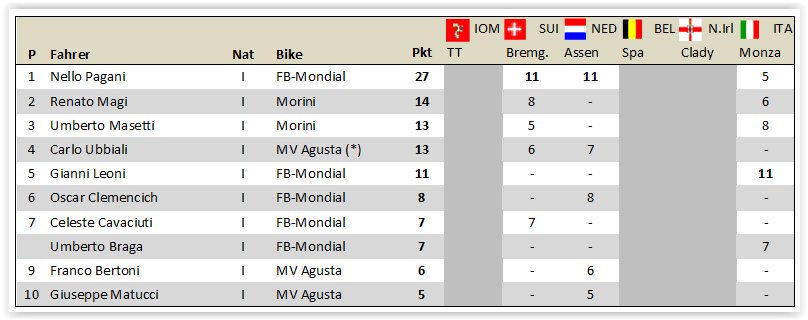

First 125 cc manufacturers’ world championship in 1949

Part 2: http://www.motoracers.eu/carlo-ubbiali-story-part-2/?lang=en
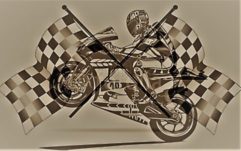
No Comments Yet